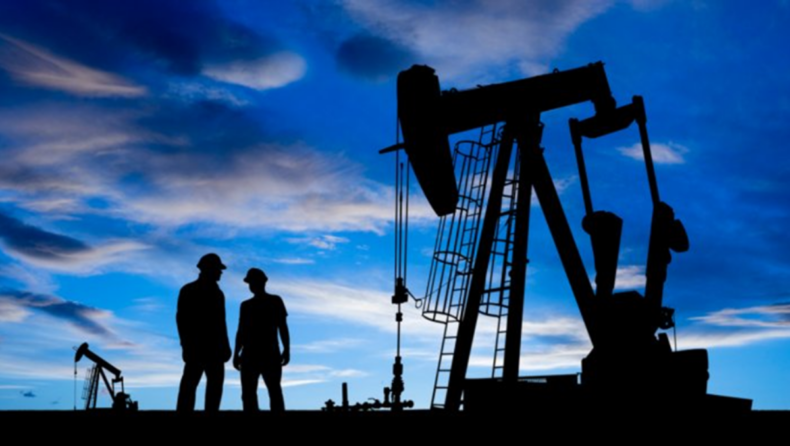“The basket of crude oil that India purchases HAVE risen to a decade high of USD 121 per barrel, while retail gasoline and diesel prices have remained unchanged.”
India purchases a basket of crude oil that has risen to a decade high of $121 a barrel, while retail gasoline and diesel prices have remained unchanged.
According to data from the oil ministry’s Petroleum Planning and Analysis Cell, the Indian basket reached $121.28 on June 9, matching levels observed in February/March 2012. (PPAC).
According to the PPAC, the Indian basket of crude oil averaged $111.86 per barrel between February 25 and March 29, just after Russia’s invasion of Ukraine sparked a price spike. Between March 30 and April 27, it averaged $103.44 per barrel.
On Thursday, international oil prices remained near a 13-week high, boosted by strong demand from major consumers such as the United States. Brent crude futures for August fell 81 cents to USD 122.26 a barrel on Friday, reversing some of their gains. The price of US West Texas Intermediate crude for July fell by 79 cents to USD 120.72 per barrel.
In India, however, retail petroleum prices are still frozen. State-owned fuel retailers Indian Oil Corporation (IOC), Bharat Petroleum Corporation Ltd (BPCL), and Hindustan Petroleum Corporation Ltd (HPCL) are mandated to change gasoline and diesel prices daily in line with cost, but they have been reducing pump rates since November 2021.
India is reliant on imports
Since India is 85% reliant on imports to satisfy its oil needs, local pump prices are compared to worldwide prices. Regional pump rates are standardised to roughly USD 85 per barrel crude oil price, according to industry sources, but oil corporations haven’t modified rates since they help the government control inflation, which is already at an almost eight-year peak of 7.8%.
The Impact of Inflation
Fuel prices, notably diesel, have a cascading impact on inflation since greater transportation costs lead to higher prices across the board, including staples like vegetables.
According to the reports, the industry was losing roughly 18 cents per litre on gasoline and 21 cents per litre on diesel.
Prices for gasoline and diesel were last adjusted to reflect current costs on April 6 and have remained unchanged since then. Last month, rates were lowered as the government reduced excise duty on gasoline by 8 cents per litre and diesel by 6 cents per litre.
Oil Minister Hardeep Singh Puri said last week that oil corporations are good corporate citizens and that the government does not dictate retail selling prices.
Despite rising oil costs, the three state fuel retailers first froze gasoline and diesel prices for a record 137 days starting in early November 2021, when five states, including Uttar Pradesh, came out to vote and then went into a 65-day sabbatical in April.
Whereas state-owned oil marketing companies (OMCs) have maintained retail operations amid losses, private sector retailers such as Reliance-BP and Nayara Energy have scaled back operations to improve efficiency. In some areas, Nayara is supplying fuel at a premium of up to $3 per litre over the public sector.
Read More:Asianatimes.com












